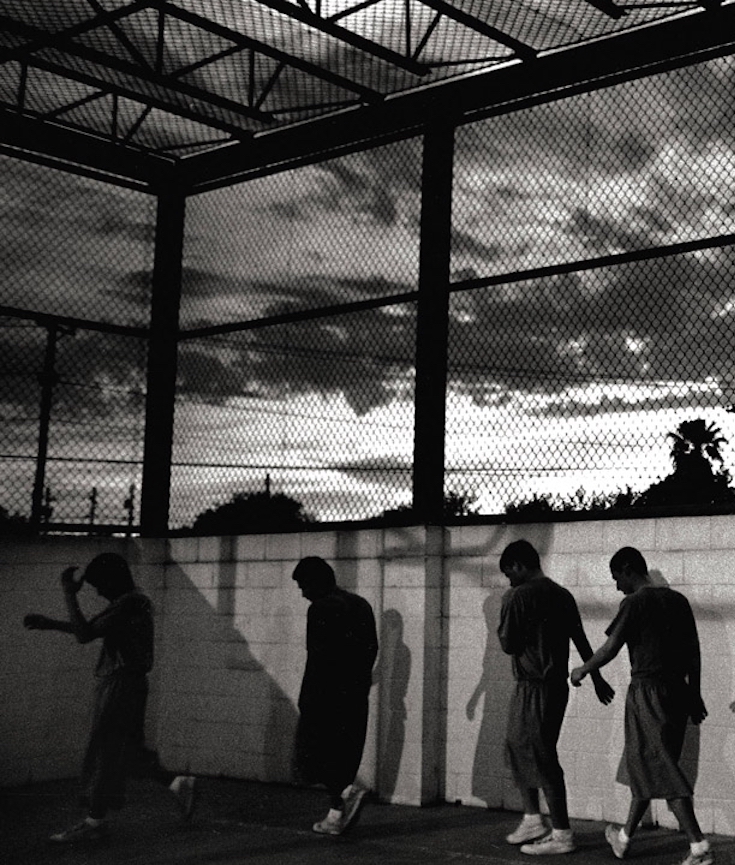[dropcap]The[/dropcap] United States has the dubious distinction of being the only country in the world that sentences children to life without the possibility of parole. As someone who spent over a decade in prison for my involvement in a gang-related murder when I was 13 years old, but now carries deep remorse, works as a youth sentencing reform advocate, and lives a productive life as a free adult, this issue is something I think about and work on every day.
Lately, and in light US Supreme Court rulings earlier this year, I’ve been thinking in particular about what second chances should look like for people who were – as children – told they would someday die in prison.
In recent years, the Supreme Court has dramatically limited the practice of sentencing children to life without parole, declared it unconstitutional in almost all cases, and mandated “meaningful opportunity” for review for those already serving such sentences.
[mc4wp_form id=”6042″]
 Ty Wright/Bloomberg via Getty Images | Photo Credit
Ty Wright/Bloomberg via Getty Images | Photo Credit
NATIONAL MUSEUM OF AFRICAN AMERICAN HISTORY & CULTURE | WASHINGTON, DC
The National Museum of African American History and Culture is the only national museum devoted exclusively to the documentation of African American life, history, and culture. It was established by Act of Congress in 2003, following decades of efforts to promote and highlight the contributions of African Americans. To date, the Museum has collected more than 36,000 artifacts and nearly 100,000 individuals have become charter members. The Museum opened to the public on September 24, 2016, as the 19th and newest museum of the Smithsonian Institution. (Biography.com).


You must be logged in to post a comment.